Author: Jordan Folks
An essential part of beer, carbonation occurs when carbon dioxide (CO2) gas is dissolved into a liquid, which requires both pressure and a gas source. While force carbonation is a common way to impart a desirable sparkle, brewers also rely on methods of natural carbonation that involve adding a relatively small amount of fermentable sugar to beer and storing it in sealed containers; when remnant yeast consume this sugar, CO2 is produce as a natural byproduct and dissolved into the beer due to its inability to escape from the sealed vessel.
Arguably the most popular sugar used for natural carbonation is dextrose, or corn sugar, which is inexpensive, highly fermentable, and contributes little in the way of flavor. However, some brewers prefer using different types of sugar for carbonation in hopes that it positively impacts the perceptible characteristics of beer. Honey, brown sugar, and maple syrup are common alternative priming sugars, though any fermentable sugar will work.
Coming in a range of colors and flavors, Belgian candi syrup is an invert sugar consisting of a mix of sucrose, glucose, and fructose that’s typically used to increase the strength and flavor of Belgian ales without affecting their notable dryness. I was recently curious how using this type of sugar to naturally carbonate a Belgian ale would compare to the same beer carbonated with dextrose and designed an xBmt to test it out!
| PURPOSE |
To evaluate the differences between a Trappist Single that was naturally carbonated with either dextrose or Belgian candi syrup.
| METHODS |
In order to keep any differences as perceptible as possible, I went with a simple Trappist Single recipe for this xBmt, the malt of which was graciously provided by the great F.H. Steinbart.
I Left Rome
Recipe Details
| Batch Size | Boil Time | IBU | SRM | Est. OG | Est. FG | ABV |
|---|---|---|---|---|---|---|
| 5.5 gal | 60 min | 37 | 2.9 SRM | 1.051 | 1.003 | 6.3 % |
| Actuals | 1.051 | 1.003 | 6.3 % | |||
Fermentables
| Name | Amount | % |
|---|---|---|
| Barke Pilsner | 11 lbs | 94.62 |
| Candi Syrup, Simplicity | 10 oz | 5.38 |
Hops
| Name | Amount | Time | Use | Form | Alpha % |
|---|---|---|---|---|---|
| Hallertauer Mittelfrueh | 75 g | 60 min | Boil | Pellet | 3.6 |
| Hallertauer Mittelfrueh | 26 g | 20 min | Boil | Pellet | 3.6 |
| Saaz | 69 g | 12 min | Boil | Pellet | 2.2 |
Yeast
| Name | Lab | Attenuation | Temperature |
|---|---|---|---|
| OB Belgian | Bootleg Biology | 100% | 64.4°F - 77°F |
Notes
| Water Profile: Ca 57 | Mg 4 | Na 10 | SO4 90 | Cl 30 |
Download
| Download this recipe's BeerXML file |
I made a starter of Bootleg Biology OB Belgian Ale a day ahead of time.
The next day, after collecting the filtered tap water for a 10 gallon/38 liter batch, adjusting it to my desired profile, and getting it heating up, I milled the grain.
When the water was properly heated, I incorporated the grains and checked to make sure it was at my target mash temperature.
During the mash rest, I weighed out the kettle hop additions.
Once the mash was finished, I collected the wort and proceeded to boil it 60 minutes, adding hops and Belgian candi syrup at the times listed in the recipe.
When the boil was complete, I ran the wort through a plate chiller during transfer to a settling vessel then took a refractometer reading showing it was at my target OG.
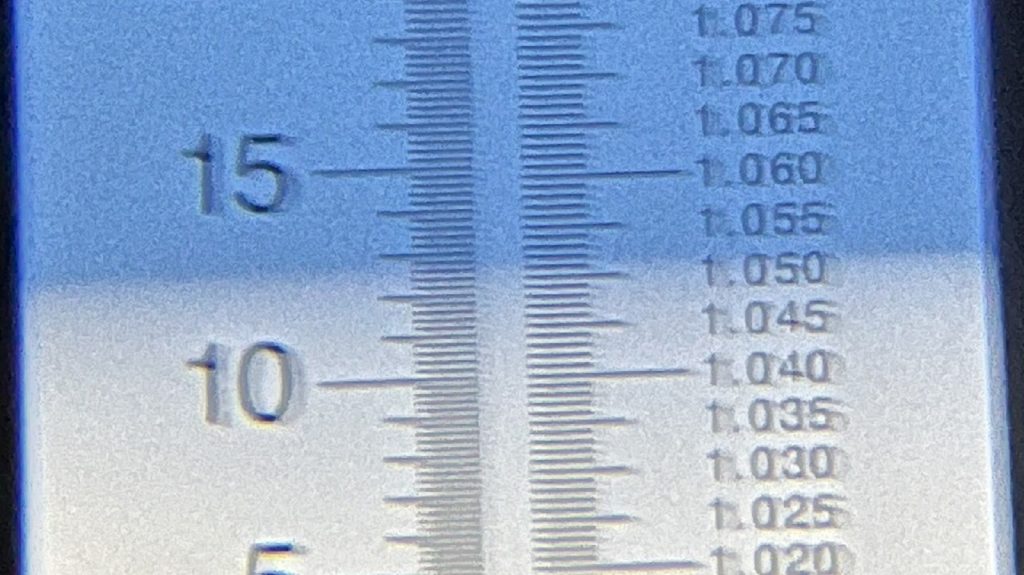
After a few hours, I racked the clear wort to a fermenter then pitched the yeast starter. The beers were left to ferment at 66°F/19°C for a few days before I began gradually raising the temperature to 75°F/24°C, at which point I took a hydrometer measurement showing it reached FG.
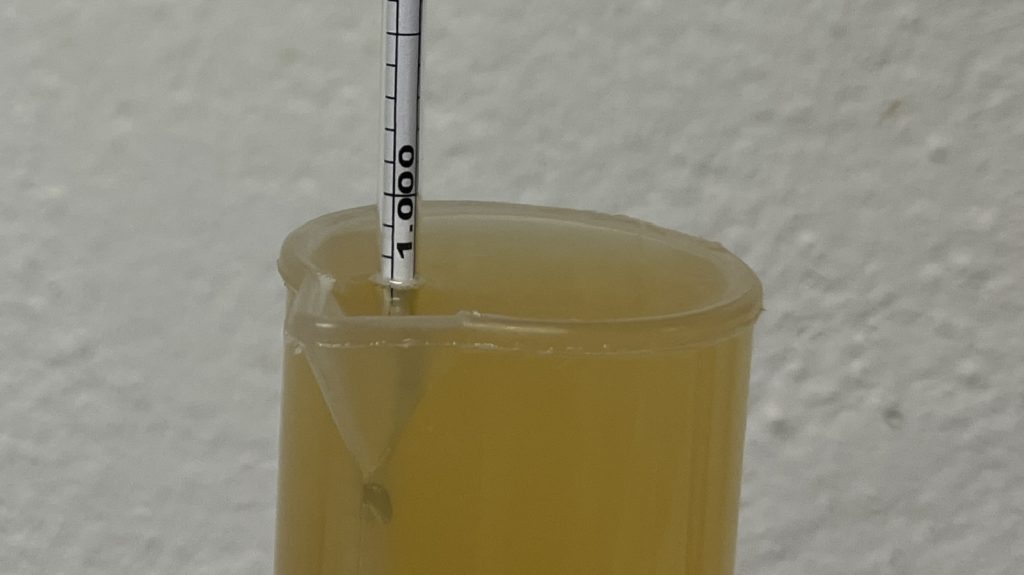
At this point, I prepared for packaging by first determining the amounts of dextrose and Belgian candi sugar I would need to use to achieve my desired 3.2 volumes of carbonation in 1.6 gallons/4 liters of beer, which turned out to be 60 g/2.1 oz and 85 g/3 oz, respectively.
After briefly boiling each type of sugar in 118 mL/0.5 cups of water, I added them to separate kegs before pressure-transferring 1.6 gallons/4 liters of beer to each. I then used a beer gun to fill 12 bottles from each batch.
The filled bottles were stored in a 72°F/22°C room for 2 weeks before I moved them to my refrigerator to chill for a week, at which point they were ready to serve to tasters.
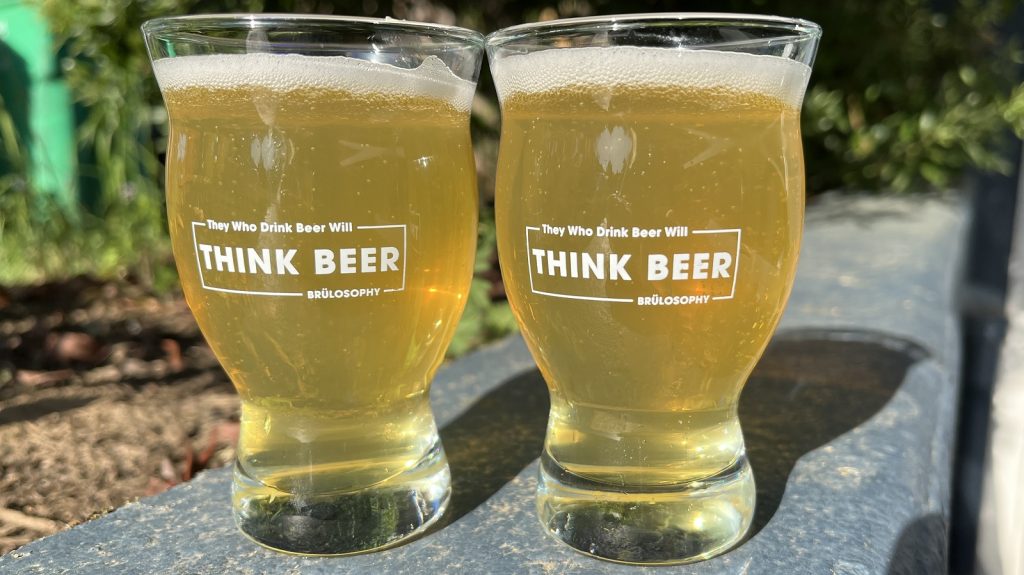
| RESULTS |
A total of 20 people of varying levels of experience participated in this xBmt. Each participant was served 2 samples of beer that was naturally carbonated with Belgian candi syrup and 1 sample of the beer that was naturally carbonated with dextrose in different colored opaque cups then asked to identify the unique sample. While 11 tasters (p<0.05) would have had to accurately identify the unique sample in order to reach statistical significance, only 4 did (p=0.94), indicating participants in this xBmt were unable to reliably distinguish a Trappist Single that was naturally carbonated with light Belgian candi syrup from one carbonated with dextrose.
My Impressions: Out of the 5 semi-blind triangle tests I attempted, I correctly identified the odd-beer-out just once. These beers were identical to me in every way, both sharing a dry finish with the spicy phenol and bubblegum notes I expect in a Belgian ale.
| DISCUSSION |
While force carbonation is a quick way to impart the expected sparkle in beer, many believe natural carbonation methods result in a qualitatively different experience, with some also viewing the type of priming sugar use as a way to contribute unique flavors. Interestingly, tasters in this xBmt were unable to reliably distinguish a Trappist Single that was bottle conditioned with light Belgian candi syrup from one where dextrose was used instead.
It’s possible the lack of significance in this xBmt is a function of my use of light Belgian candi syrup, which arguably has the least amount of character, and that darker candi syrups would impart more noticeable flavor. However, it may also be that the sheer amount of sugar required for carbonation simply isn’t enough to have much of an effect.
I keg the majority of the beers I brew, though for certain styles, particularly those I feel benefit from more aggressive carbonation, I prefer bottle conditioning. Having heard varying opinions on the impact different priming sugars have, I wasn’t sure what to expect with this xBmt, and the fact neither tasters nor I could tell the beers apart leaves me feeling like simple sugars are fairly interchangeable when used for this purpose. I look forward to further exploring the impact of darker sugars, but until then will stick with dextrose.
For those who enjoy Trappist Single, the recipe used for this xBmt was based on one that went on to win Gold in the Belgian Ale category at the 2022 National Homebrew competition!
If you have any thoughts about this xBmt, please do not hesitate to share in the comments section below!
Support Brülosophy In Style!
All designs are available in various colors and sizes on Amazon!
Follow Brülosophy on:
FACEBOOK | TWITTER | INSTAGRAM
If you enjoy this stuff and feel compelled to support Brulosophy.com, please check out the Support page for details on how you can very easily do so. Thanks!


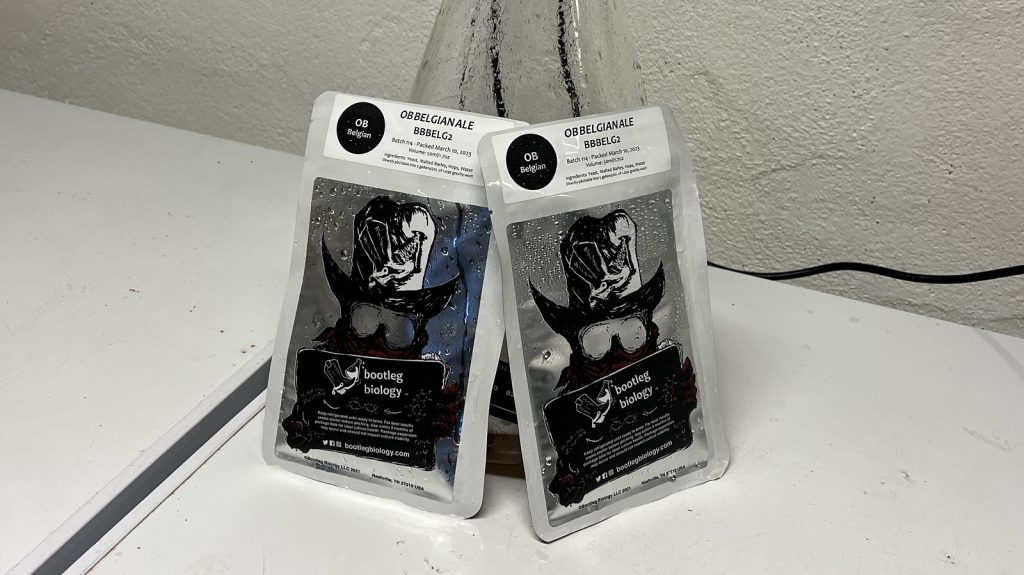
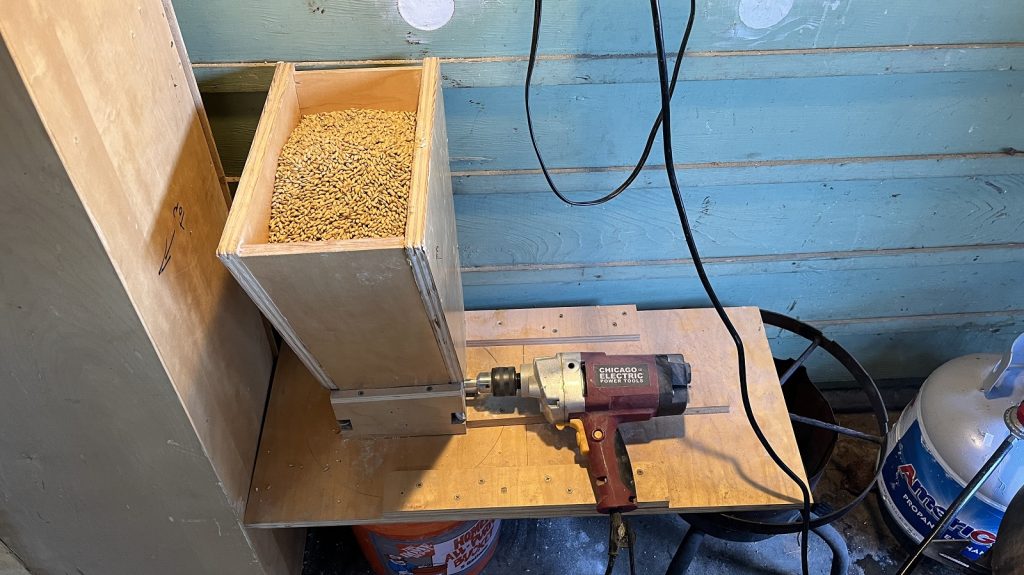
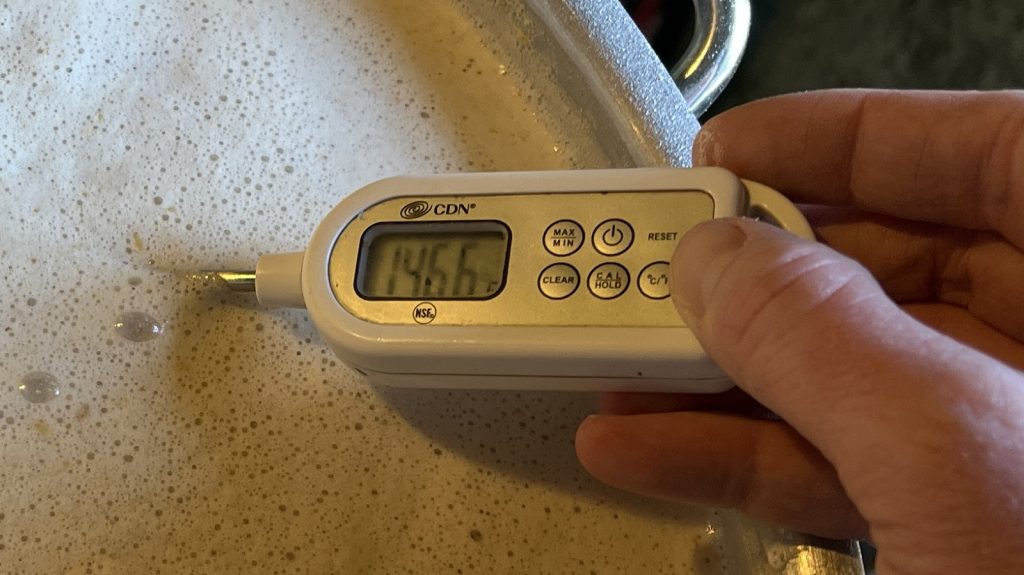
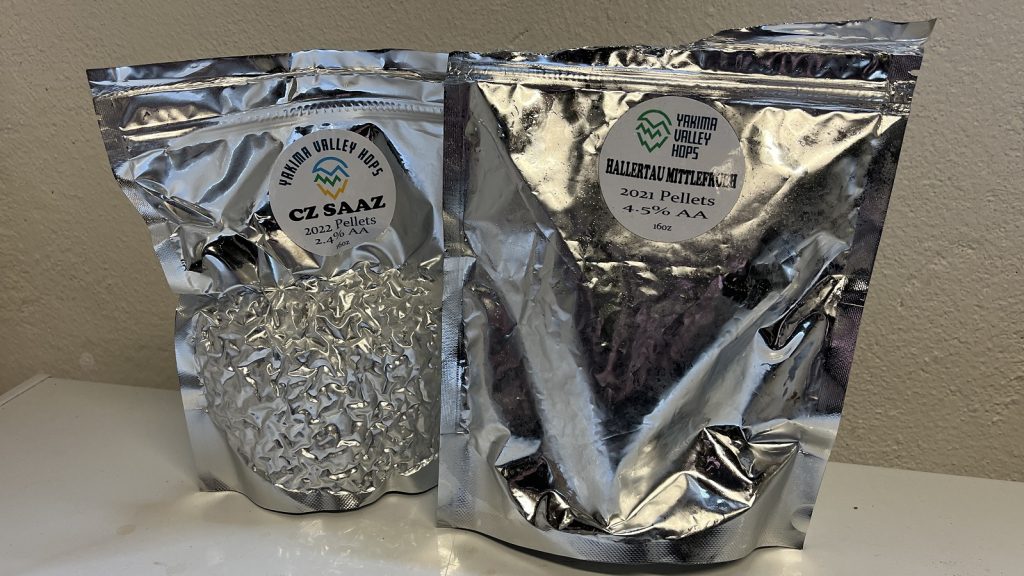
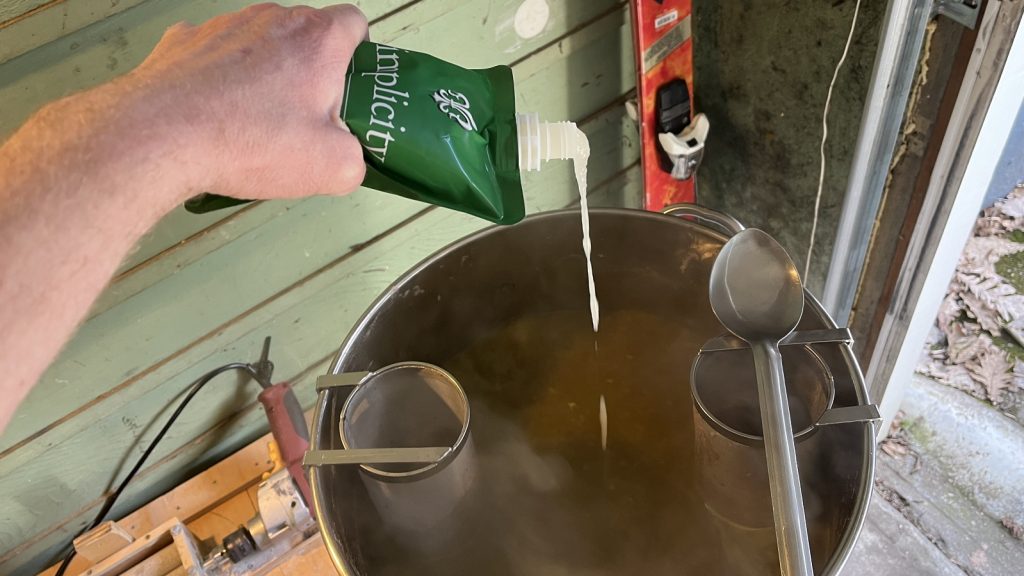
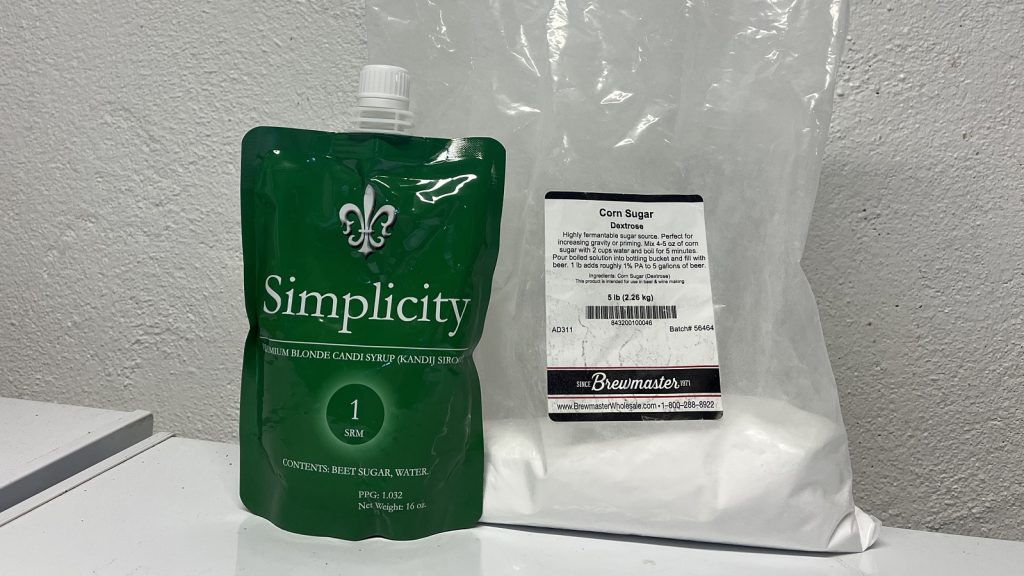
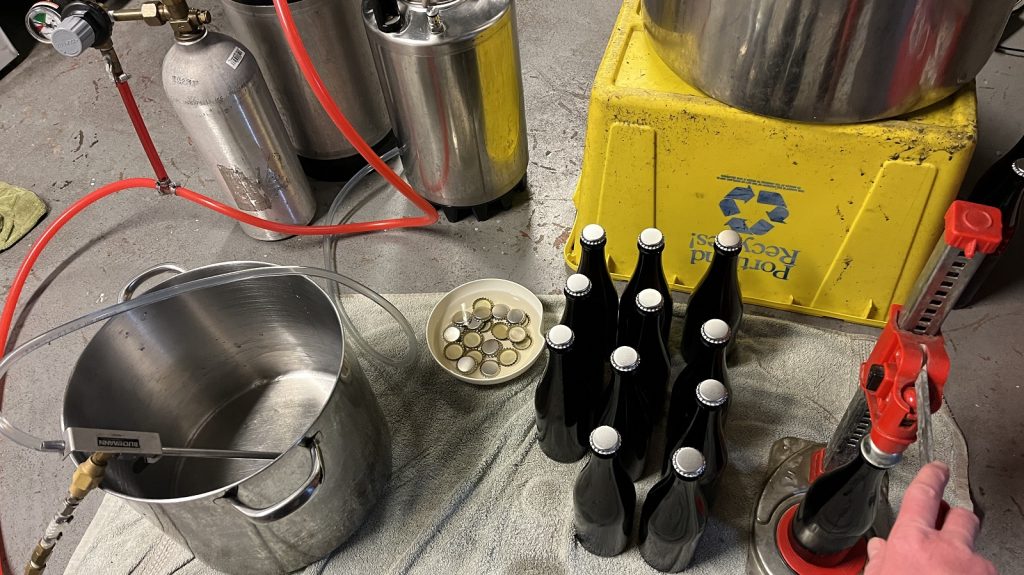











3 thoughts on “exBEERiment | Natural Carbonation: Belgian Candi Syrup vs. Dextrose In A Trappist Single”
I’ve visited several Belgian brewers and I have yet to find one that uses anything but regular old table sugar. Once I learned that, I started using it also and I nor the judges ever noticed a difference.
Actually, there ain’t no such thing as clear candy syrup. It’s invert syrup from sucrose.
There are legal definitions for candy sugar and candy syrup.
Candy sugar is the sugar that crystallizes out of an oversaturated solution of sugar. The liquid remaining (supernatant) is the candy syrup. This can go through different stages, where each time the sugar and the candy sugar become darker. So the first candy syrup extracted should already be darker.
These are the tiers of brewing sugars:
– Dextrose
– Sucrose, or invert syrup created from sucrose
– Sucrose + impurities, from cane sugar, leading to sucrose and different grades of candy syrup
– And then there are the caramels (https://www.researchgate.net/publication/257798479_Food_caramels_a_review). What is circulating on the internet about candy syrup from invert sugar, proteins and bases, is incorrect: what is made are caramels, not candy syrups.
Hey Jordan– the podcast version of this came on automatically after an unrelated one ended and it hooked me, because I have a de Dolle inspired brew scheduled where I plan to use clear candi syrup!
A couple comments on things I heard in the podcast:
1. Without doing any googling or looking too much into it, I’d guess that the disparity in weight between candi syrup vs table sugar to prime the same volume of beer is because to make candi syrup, you have to add water to dissolve the table sugar initially. You could likely dehydrate the syrup and the crystallized form might weight pretty close to the table sugar’s weight (anhydrous?).
2. I personally feel like I can usually taste a touch of what I perceive to be candi syrup in some Belgian-style beers, but I can’t put my finger on how to describe it. I wonder how this experiment might’ve panned out if you were to use the same base recipe, but omit the 5% candi syrup so that the potential taste of candi syrup isn’t already present in both halves of the experiment.
3. Do you think on Belgian dating sites, they have ad banners that say “find Trappist singles near you?”
Keep up the fun experiments!